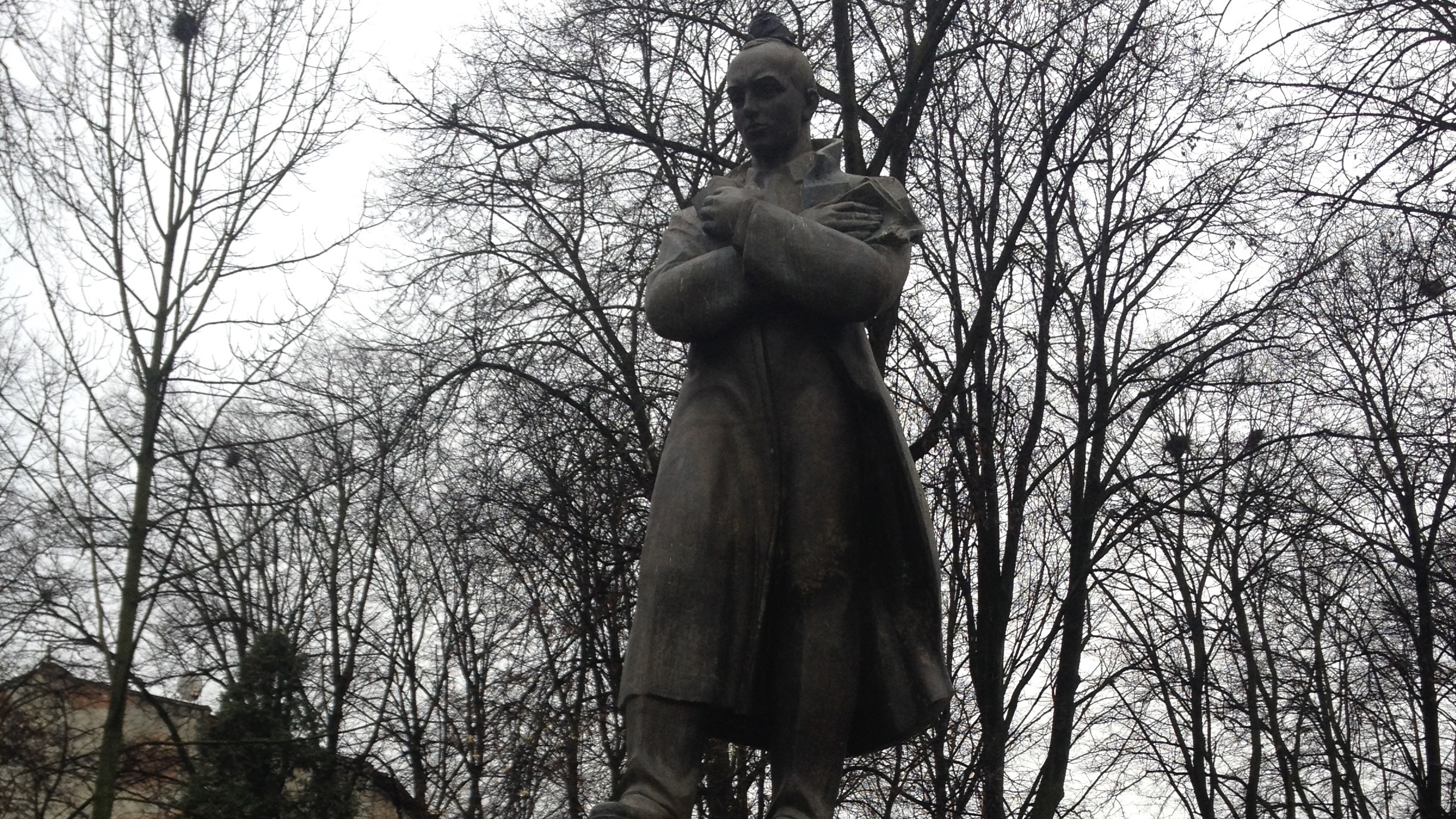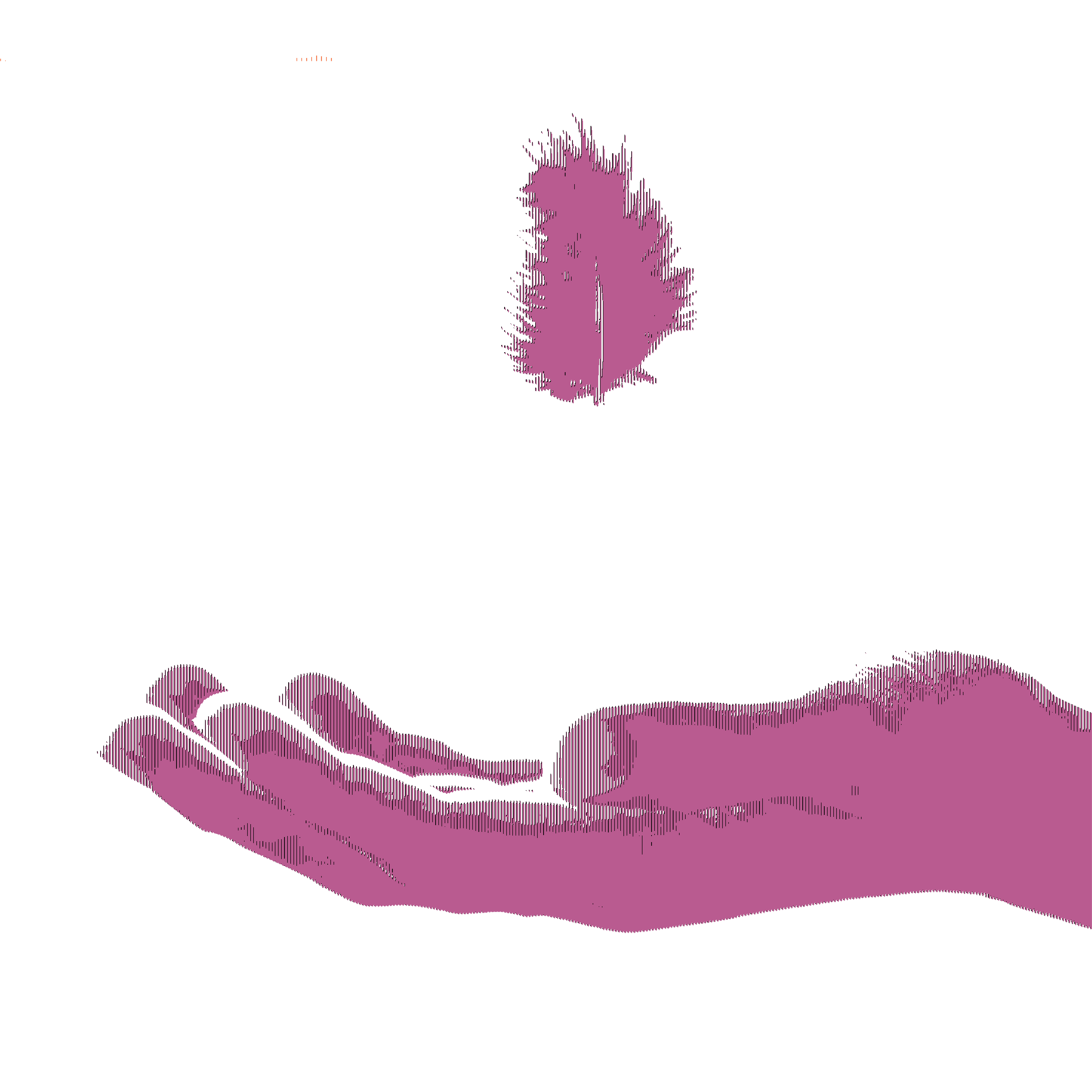Like just about every building, street, town, and city in Ukraine, the prison on Lontskoho Street in Lviv has changed hands many times during the past century. It was successively claimed by the Hapsburgs, the Poles, the Russians, the Nazis, and the Ukrainian Soviet Socialist Republic. Under the auspices of an independent Ukraine, the building is now appropriately known as the National Memorial Museum Dedicated to Victims of Occupational Regimes.
When I set out to visit the museum on a foggy morning last winter, the structure was hard to find: it blends innocuously into its baroque surroundings. Inside, it was freezing, and my soft-spoken guide, with her angular bob and puffy overcoat, led me down a hallway of corroding red metal doors, which opened into cells the size of large closets. The Polish government, she explained, had completed the prison in 1923 to house "antistate elements." The cells were soon crammed with members of the nascent Organization of Ukrainian Nationalists (O.U.N.), which fought for independence from Polish control and specialized in political assassination.
The history that followed was, like all Ukrainian history, intensely confusing. Shortly before the Poles completed the prison, the eastern half of Ukraine became part of the Soviet Union, which led the O.U.N., in the name of national sovereignty, to add the Russians to their list of enemies. The group's antagonism only increased in the wake of a Soviet-devised famine known as the Holodomor, which killed millions of Ukrainian peasants during the early 1930s. In 1939, when Germany and the U.S.S.R. divided Poland between them, the two nations fought for control of Lviv, which was still being defended by remnants of the Polish army. Eventually the Nazis fell back and ceded the city to the Red Army.
On June 23, 1941, with the Nazis on their doorstep again, Soviet prison officials received an order to execute all the inmates, who might well fight for the Germans should they be liberated. One at a time, the prisoners were brought into special cells with sloping floors and shot at close range. A bucket of water washed the blood down the drain, and then the next victim was marched in. Their first names, patronymics, last names, and birthdays were methodically ticked off in red pencil. Over five days, at least 1,680 prisoners were slaughtered, and when the Soviets retreated, on June 29, they left the bodies in the basement for the Germans to find.
After the Nazis discovered the bodies, they ordered local Jews to carry the corpses outside the prison for identification, while spreading the word that the Jews themselves had committed the slaughter. A pogrom erupted on Lontskoho Street and spread throughout the city, leaving thousands of Jews dead.
My guide led me to an exhibit that showed photographs of people carrying the corpses. She made no mention of the Jews. "Who took the bodies outside?" I asked her.
"We are not sure, because of different sources, so I don't know," she said. "Perhaps the director will answer this question."
Ruslan Zabily, the museum's director, proved no less evasive. Zabily, a small bespectacled man in a bulky woolen sweater, took me to a restaurant around the corner. At first he dodged the issue, noting that there was plenty of competition for the most horrific slaughter in modern Ukrainian history. How could a five-year-old museum cover all the candidates? Then he suggested that the pogrom may not have taken place in front of the prison, that it might be traced to apartment buildings in the city center. And perhaps there was no organized pogrom at all, perhaps the Jews had simply been attacked by marginal elements of society: criminals, Germans, Poles, maybe some Ukrainians. Maybe even other Jews.
"We don't have a scientific basis for this," he said. "When we have all the documents, there won't be questions and there won't be speculation."
Later, in Kiev, I asked Josef Zissels, the chairman of the General Council of the Euro-Asian Jewish Congress, about the tour. His initial response was dismissive. "That museum? Who goes there? We create our own museums!" he said. "We have one hundred Jewish projects. Education, social support, science, all nearby here. That's where Jewish history is being created."
But I was less concerned with the specific specter of anti-Semitism than with what this omission suggested about Ukraine's approach to its fractured past. I asked Zissels the same question I asked nearly everybody I encountered in Ukraine. Why can't there be one museum, one place of memory, where the nation considers its entire history — victims and perpetrators alike, with all the corresponding shades of gray?
"Give us three hundred years," he said.
Read the full article at Harper's Magazine.

Education Resource
Meet the Journalist: Sarah Topol
Ukraine today is caught between competing realities, trying to define its place in the world order...










